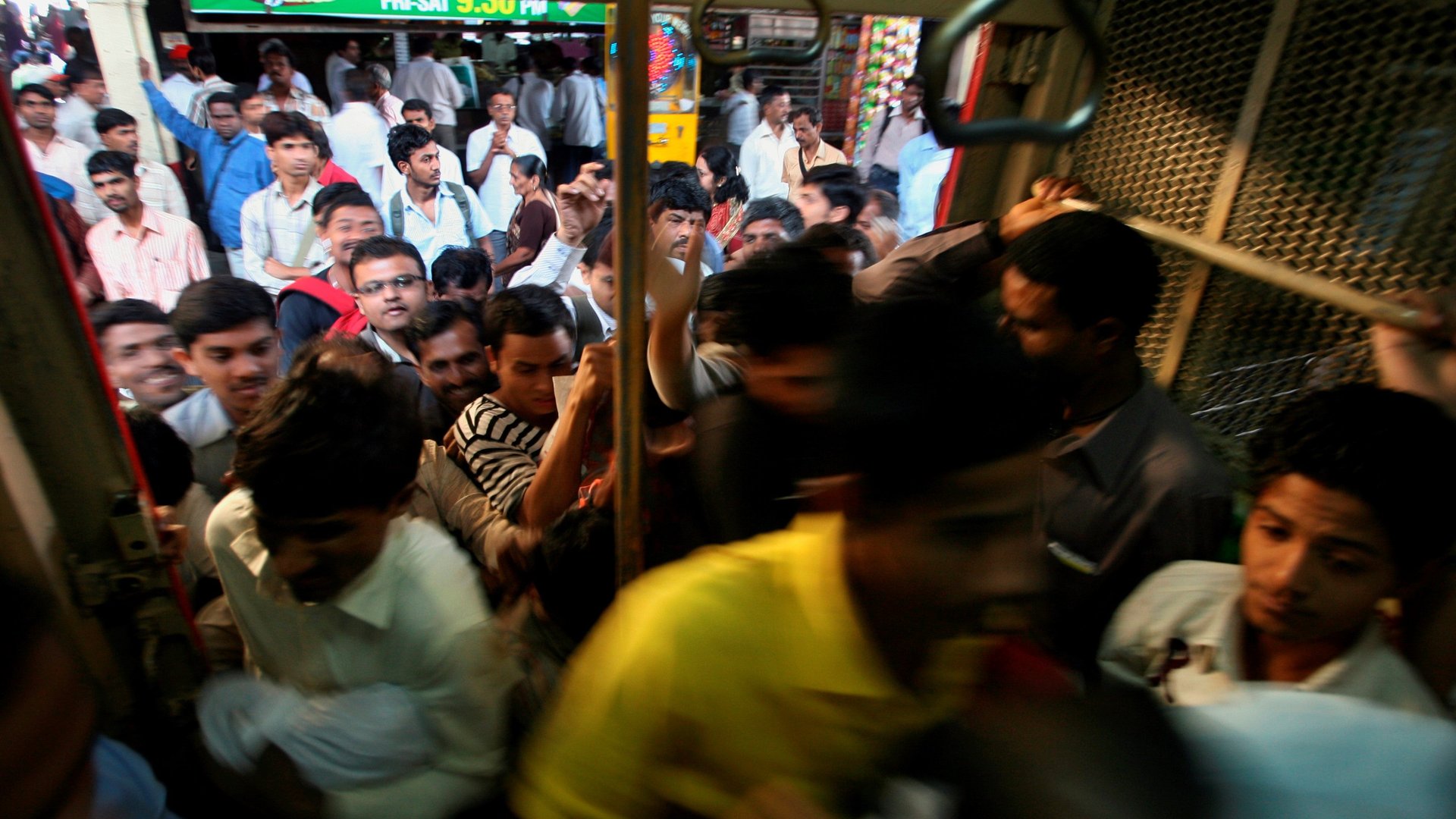India may have curbed its fertility rate, but it is still too high
India may have successfully curbed its high fertility rate, but it still has a long way to go in overcoming the population crisis.


India may have successfully curbed its high fertility rate, but it still has a long way to go in overcoming the population crisis.
The number of children born per woman in the country still lies in the range of 2.1-4, according to a United Nations (UN) report published on June 17. This puts India in the intermediate-fertility group of countries in which around 40% of the world population lives, the report said.
Yet, half the world, including China, lives in low-fertility countries where the rates are below 2.1.
What’s more, India also tops the intermediate-fertility group.
The country is expected to add nearly 273 million people between 2019 and 2050. Along with Nigeria’s additional 200 million, it will account for 23% of the global population increase during this period.
If anything, over half the projected global population rise up to 2050 will be in just nine countries: India, Nigeria, Pakistan, Congo, Ethiopia, Tanzania, Indonesia, Egypt, and the US.
Implications
The UN report underlines that fertility rates have a huge bearing and impact on development of a country.
“Many of the fastest growing populations are in the poorest countries, where population growth brings additional challenges in the effort to eradicate poverty, achieve greater equality, combat hunger and malnutrition,” said Liu Zhenmin, UN under-secretary-general for economic and social affairs. “These countries will have to strengthen the coverage and quality of health and education systems to ensure that no one is left behind.”
The report also goes on to highlight that the disparity in birth rates among populous nations will alter their ranking by size. India, for instance, is expected to surpass China as the world’s most populous country by around 2027.
This ranking is projected to stay the same through the end of the century, the report added.
The world’s population is expected to increase by two billion people in the next 30 years from the current 7.7 billion, the report concluded.